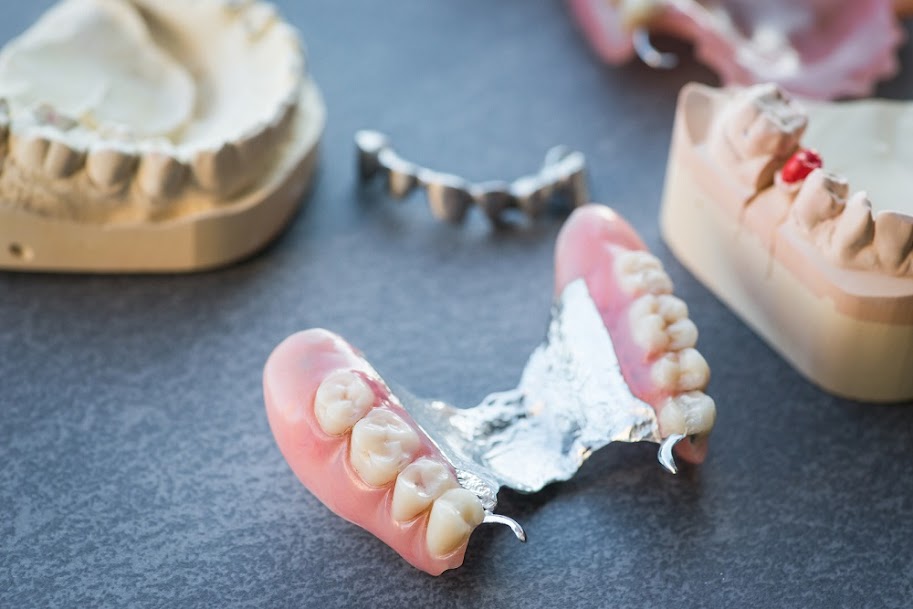You Don’t Want “Silver Fillings”? Try Composite or These Other Options
“The Classic”
Silver fillings are actually made of an amalgam of metals, including a small amount of silver. They offer the advantages of affordability, durability and capacity to withstand the pressures exerted on teeth while chewing for a decade or longer. The most significant disadvantage of silver fillings is the fact that they’re, well, silver. They’re the very opposite of subtle. For that reason, they’re most common in less visible teeth in the rear of your mouth but a less attractive option for treating teeth in your smile zone. Another disadvantage is the tendency of silver fillings to, over time, discolour or even cause cracks or increased tooth sensitivity.
“The Tooth-Coloured”
Composite fillings — sometimes referred to as “tooth-coloured fillings” — are made of compounds of ceramic and plastic materials. Composite fillings in Bridlewood are an attractive alternative to silver fillings because the composite material can be colour-matched precisely to the colour of your natural teeth. For patients who need fillings in highly visible teeth, composite materials are an ideal solution that won’t detract from their appearance and confidence. Cavities and fillings aren’t things to be ashamed of, but neither are they necessarily things you want to advertise. An additional advantage of composite dental fillings in Bridlewood is how well the material bonds to your tooth structure. That bond lends strength to the tooth. On the other hand, composite fillings are less durable than traditional silver fillings and getting tooth-coloured composite fillings near you takes more time in the dentist’s office than getting silver fillings. They’re also significantly more expensive.
“The Gold Medallist”
Gold fillings may not seem like an obvious choice, but they offer some advantages. Gold fillings are extremely strong and durable, and — if the choice is between gold and silver — many people prefer the appearance of gold fillings over silver fillings. Having said that, those advantages are offset by several disadvantages, too. Foremost amongst those disadvantages is cost. Gold fillings cost roughly ten times the cost of amalgam or silver fillings. Getting gold fillings also typically requires two dentist’s appointments and, if you’re looking for subtlety or discretion, gold is probably even a worse option than silver.
Even more options
SIlver, composite and gold make up the majority of fillings in Canadians’ teeth, but there are other less common alternatives. Ceramic fillings made of porcelain are durable and long-lasting but are even more expensive than gold fillings. Porcelain is a common material for other dental restorations such as veneers, though. Glass ionomer fillings are made from glass and acrylic materials. They are used for filling cavities that exist below the line of your gums. Glass ionomer fillings also release fluoride into the surrounding teeth while also filling the cavity. This material is, though, weak and usually used for only small fillings far from the teeth exposed to the most pressure while chewing and eating.
Which is the best option for you and your priorities — cosmetic and otherwise? Your dentist in Bridlewood will recommend the best alternative after carefully examining your teeth and cavities. To find out the best option for treating your teeth decay and filling your cavities, make an appointment with a dentist near you.




Comments
Post a Comment